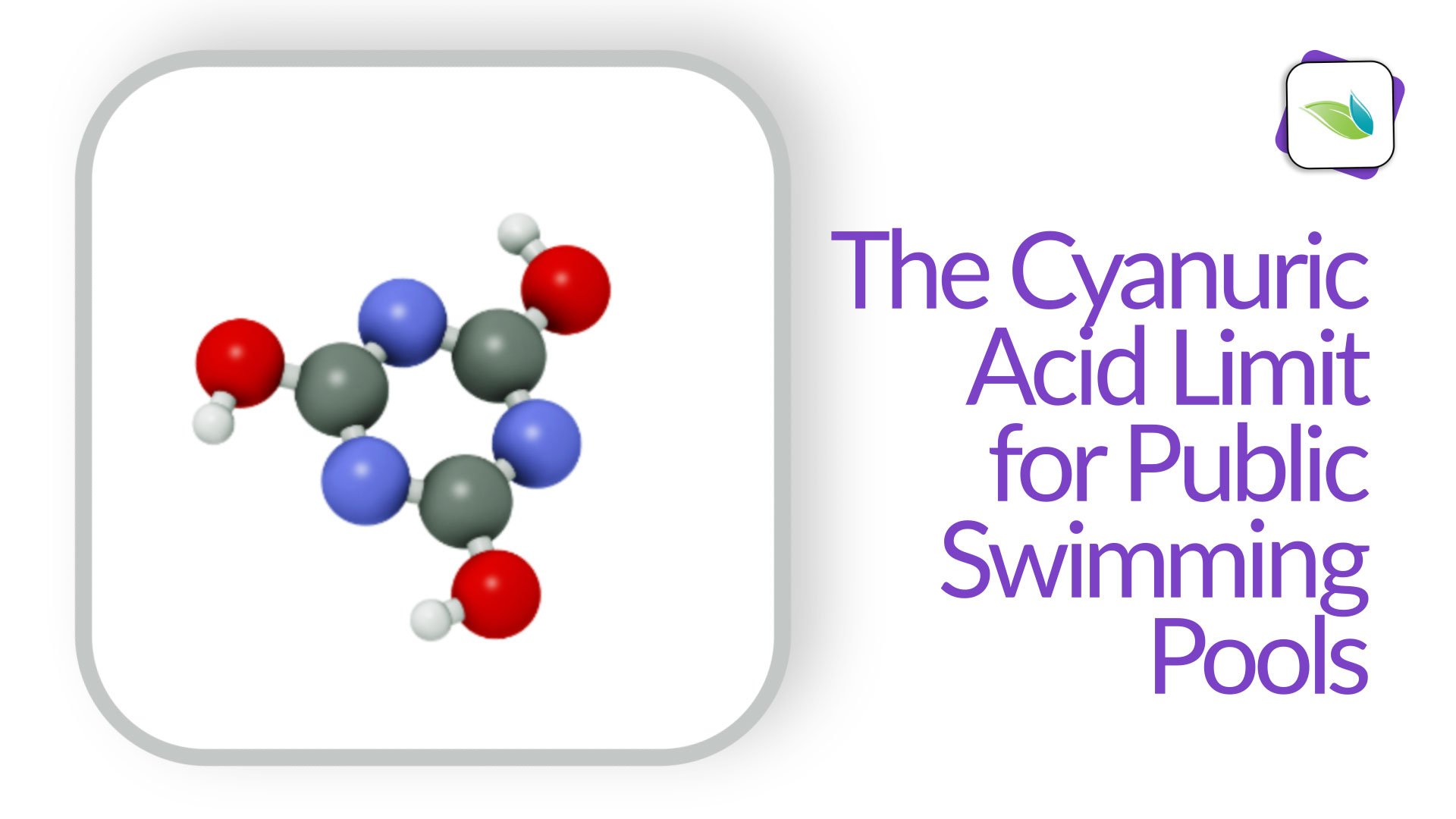What I can find on this site is that the CYA doesn't "store" the chlorine fast enough as it's being produced, so high chlorine levels can shorten the life of the cell. I don't get it. The higher you raise CYA, the higher you raise chlorine in a ratio. So wouldn't the concentration of chlorine be the same passing through the cell? And if CYA is slow to store chlorine, why doesn't the gradual addition of chlorine from the swg make it easier to keep up with?
Running the SWG longer to keep chlorine higher would also shorten its life, right? Or maybe once you get levels up, the cell runs the same each day since the chlorine demand is consistent? But then I'm back to the question, how can the same ratio but higher levels of cya and chlorine be gentler on the salt cell?
Running the SWG longer to keep chlorine higher would also shorten its life, right? Or maybe once you get levels up, the cell runs the same each day since the chlorine demand is consistent? But then I'm back to the question, how can the same ratio but higher levels of cya and chlorine be gentler on the salt cell?






.png)
